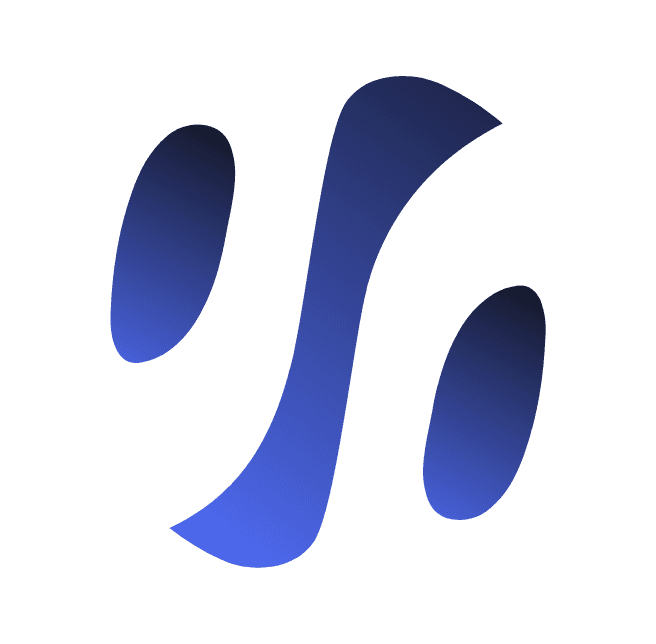+23
Trust
2nd Place
Dual-Track Agile process, from Kevin Albrecht, adapted by Dottie Schrock
Product
B2C Website
Industry
HR Tech / Recruitment
Timeline
3 Months
My Role
Product Design, UX Research
Tools
Figma, Miro, VWO, Hotjar
Challenge / Problem
Recruitment consultants at Taledo lacked visibility into each other’s activities with candidates and clients. This caused duplicated work, miscommunication, and reduced trust in the SaaS platform.
Approach
I ran workshops with the users to understand their pain points, mapped out cross-team workflows, and benchmarked other recruitment platforms.
From there, I iteratively designed and tested an Activity Tracking feature that gave consultants a shared, transparent view of all relevant actions — from outreach to client feedback.
Key Insight
Transparency doesn’t mean showing everything.
Consultants needed contextual visibility, just enough information to avoid overlap, but not so much that would become noise.
Process
Understanding the Users
I conducted workshops and interviews with recruitment consultants to uncover their daily workflows, frustrations, and needs. Sitting near them allowed for spontaneous ethnographic research that shaped many early decisions.
Key findings
Lack of visibility into colleagues' interactions with candidates and clients.
Communication gaps leading to inefficiencies and duplicated outreach.
Desire for a shared space to track all actions without adding more noise.

Persona based on user research with Recruitment Consultants
Market & Pattern Research
Following Jakob’s Law, “Users spend most of their time on other sites”, which means that they expect certain usability patterns between several tools they use, to reduce their cognitive load of having to learn something new.
Together with the users, I reviewed common UI patterns in popular Applicant Tracking Systems (ATS).
Ideation
We explored ideas through collaborative sketching, sticky-note sessions, and simple diagrams. By involving consultants directly, we ensured the solution reflected their mental models and terminology.
User sketches during Ideation Workshop
Prototype
I created low- to hi-fidelity prototypes to test key interactions early. These were refined based on feedback until we defined the MVP scope.
Lo-fi vs Hi-fi activity tracker screens
Developer Handoff
The design was delivered in Figma using reusable components and documented flows. I supported QA during dev handoff to ensure pixel and logic accuracy.

Developer handoff
Outcome
The new feature released was a lightweight Activity Tracker integrated into the dashboard of Taledo's SaaS platform, which provided a chronological view of relevant team actions — enough to build trust and reduce confusion, without overwhelming users.
Results
Adoption rose after user onboarding and defining new ways of working
+23 NPS increase in one month
Significant drop in duplicated candidate outreach
Internal users praised the product team’s inclusive design approach
Learnings & Next Steps
Visibility ≠ quantity — relevance is key.
Involve users early and continuously — crucial to create a feature that would add value to them.
Adoption takes more than a good UI — the right processes and ways of working must follow.
The next steps would be to continuously evaluate the feature, while closely with users to make improvements and add new elements that will make their lives easier. Just like people change, it is also important to understand that the product needs to adapt constantly to their needs.
Collaboration between the users, the product and the engineering teams was key throughout the project.
Proximity and empathy allowed us to ship a solution that was not only functional — but trusted.
➕ Optional: Continue Reading
If you’re curious about the full design process, including how I structured co-creation sessions and made design decisions along the way, I documented it in this Medium article →




